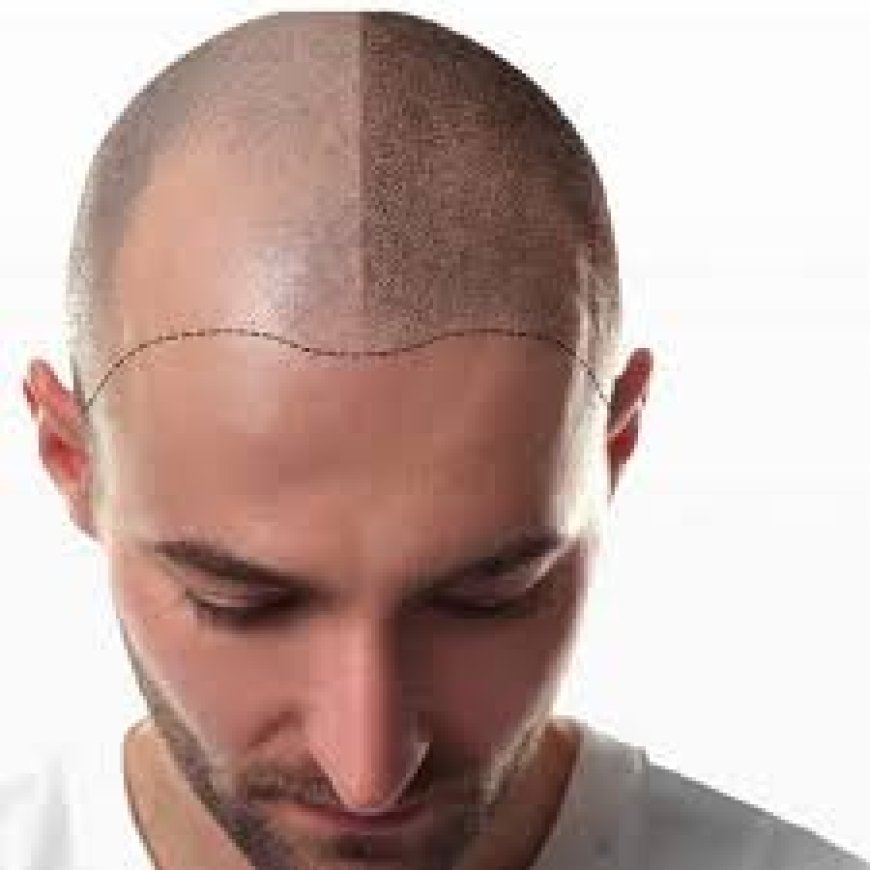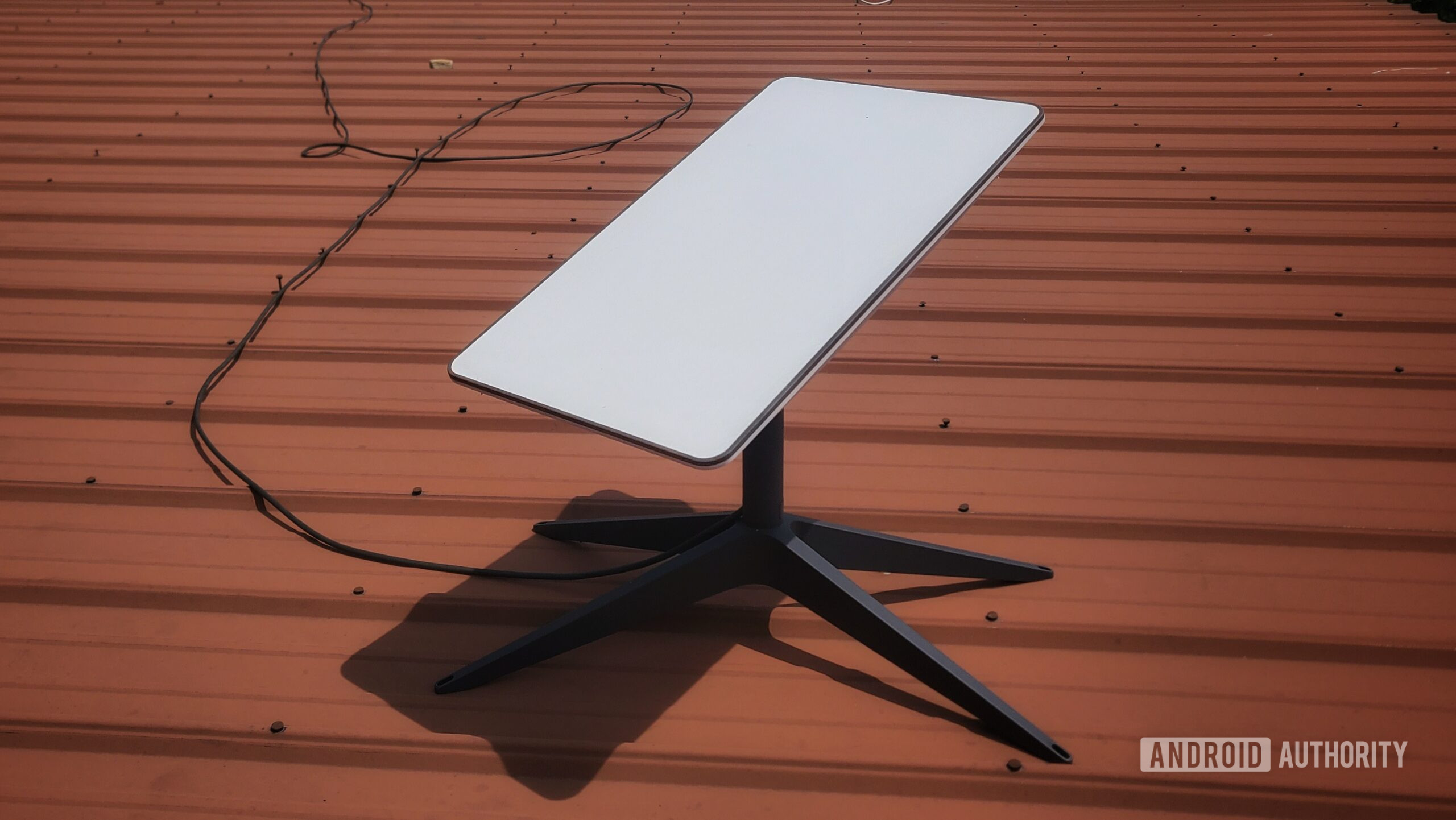Your Complete Hair Transplant Journey in Riyadh
Hair transplants in Riyadh offer cutting-edge solutions for hair loss, utilizing advanced techniques like Follicular Unit Extraction (FUE) and Follicular Unit Transplantation (FUT). Renowned for its expert surgeons, modern medical facilities, and cost-effective services, Riyadh has emerged as a top destination for both local and international patients seeking natural and long-lasting hair restoration. With personalized treatment plans and stringent safety protocols, the city provides a trusted and affordable option for individuals looking to restore both their hair and confidence.

For many people, a hair transplant can be a life-changing decision that boosts confidence and restores their youthful appearance. Whether you're dealing with hair loss due to genetics, age, or other factors, the prospect of regaining a full head of hair is exciting. Riyadh, with its world-class clinics, highly trained surgeons, and modern technologies, has become a top destination for those seeking hair restoration treatments.
If you’re considering a hair transplant in Riyadh, this guide will walk you through the entire process—from your initial consultation to post-operative care—ensuring that you know what to expect at every stage of the journey.
Step 1: Researching Hair Transplant Clinics in Riyadh
The first step in your Hair Transplant in Riyadh journey is selecting the right clinic. Riyadh is home to several reputable medical centers and specialists, each offering a range of procedures. When researching clinics, it’s important to consider:
- Reputation: Look for clinics with positive reviews, patient testimonials, and a proven track record of successful hair transplant procedures.
- Surgeon’s Experience: Ensure that the surgeon is experienced and skilled in the latest hair transplant techniques, such as Follicular Unit Extraction (FUE) or Follicular Unit Transplantation (FUT).
- Facilities: The clinic should be equipped with state-of-the-art technology and follow international medical standards for safety and hygiene.
- Consultations: Many clinics offer free consultations, where you can discuss your hair loss and learn more about the recommended treatment plan.
Some of the top clinics in Riyadh known for hair transplants include Dr. Sulaiman Al Habib Medical Group, Elite Clinic, and Cosmesurge.
Step 2: Your Initial Consultation
Once you’ve chosen a clinic, the next step is the initial consultation. During this appointment, the surgeon will:
- Assess your hair loss pattern, scalp health, and hair density.
- Review your medical history to ensure you’re a good candidate for the procedure.
- Discuss your hair restoration goals and expectations.
- Recommend the most suitable hair transplant technique, such as FUE, FUT, or Direct Hair Implantation (DHI).
- Provide an estimate of the number of grafts required and the cost of the procedure.
This consultation is also an opportunity to ask questions about the procedure, recovery process, and expected results. The surgeon will provide detailed information to ensure you are well-prepared for the transplant.
Step 3: Pre-Operative Preparation
Before the hair transplant, you’ll receive specific instructions to prepare for the procedure. This may include:
- Avoiding certain medications (such as blood thinners) for a period leading up to the surgery.
- Abstaining from alcohol and smoking, which can interfere with the healing process.
- Washing your hair with special shampoo, as recommended by the clinic.
- Blood tests or medical evaluations may also be conducted to ensure you’re in good health for the procedure.
It’s essential to follow all pre-operative instructions closely to minimize risks and ensure the best possible outcome.
Step 4: The Hair Transplant Procedure
On the day of the transplant, you’ll arrive at the clinic, where the medical team will guide you through the procedure. Depending on the technique chosen—FUE, FUT, or DHI—the process may vary slightly, but generally includes the following steps:
-
Local Anesthesia: The procedure is performed under local anesthesia, ensuring you remain comfortable throughout.
-
Extraction: For FUE, individual hair follicles are extracted from the donor area (typically the back of the scalp), while FUT involves removing a strip of scalp to harvest the follicles. In DHI, extraction and implantation occur simultaneously.
-
Implantation: The harvested follicles are then carefully implanted into the recipient area (the balding or thinning areas). The surgeon places the grafts in a way that mimics natural hair growth patterns for a realistic look.
-
Duration: The procedure typically takes several hours, depending on the number of grafts needed. Some patients may require multiple sessions for larger transplants.
After the procedure, your scalp may be bandaged, and you’ll be given instructions for the initial recovery period.
Step 5: Post-Operative Care and Recovery
The recovery process is a critical part of your hair transplant journey. In the first few days after the surgery, you can expect some swelling, redness, and minor discomfort in the treated areas. Your surgeon will provide detailed post-operative care instructions, which may include:
- Medication: Pain relievers and antibiotics may be prescribed to manage discomfort and prevent infection.
- Avoiding Physical Activity: It’s recommended to avoid strenuous activities, direct sun exposure, and swimming for a few weeks after the surgery.
- Gentle Hair Care: You’ll need to wash your scalp carefully with a mild shampoo after a few days, as directed by your surgeon.
Within the first two weeks, the transplanted hair will shed, which is a natural part of the process. New hair growth will typically begin within three to six months, and full results are usually visible within 12 months.
Step 6: Follow-Up Appointments
Follow-up appointments are essential to monitor your progress and ensure that your scalp is healing properly. During these visits, your surgeon may recommend Platelet-Rich Plasma (PRP) therapy, which involves injecting your own blood plasma into the scalp to stimulate hair growth and speed up recovery.
These appointments also give you an opportunity to ask questions about your recovery and address any concerns you may have about the procedure.
Step 7: Results and Maintenance
The final stage of your hair transplant journey is the most exciting—seeing the full results of your procedure. It takes time for the transplanted hair to grow and blend seamlessly with your natural hair, but by the 12-month mark, you should see a significant transformation.
To maintain your results, your surgeon may suggest ongoing treatments like PRP therapy, laser hair therapy, or medications such as minoxidil or finasteride to prevent further hair loss and encourage new growth.
Tips for a Successful Hair Transplant Journey in Riyadh
- Choose the Right Clinic: Do thorough research to find a clinic with experienced surgeons and a good reputation.
- Set Realistic Expectations: While hair transplants can provide impressive results, it’s important to understand that the process takes time, and outcomes vary from person to person.
- Follow Pre- and Post-Operative Instructions: Proper care before and after the procedure is essential for a smooth recovery and optimal results.
- Stay Patient: Hair restoration is a gradual process, so be patient as your new hair grows in and blends naturally with your existing hair.
Conclusion!
A hair transplant is a transformative experience that can restore not only your hair but also your self-confidence. Riyadh has established itself as a leading destination for hair restoration, offering cutting-edge technology, highly skilled surgeons, and comprehensive care throughout your journey. By following this guide, you’ll be well-prepared for every step of your hair transplant, from choosing the right clinic to enjoying the final results of your new, full head of hair.
What's Your Reaction?
 Like
0
Like
0
 Dislike
0
Dislike
0
 Love
0
Love
0
 Funny
0
Funny
0
 Angry
0
Angry
0
 Sad
0
Sad
0
 Wow
0
Wow
0











































